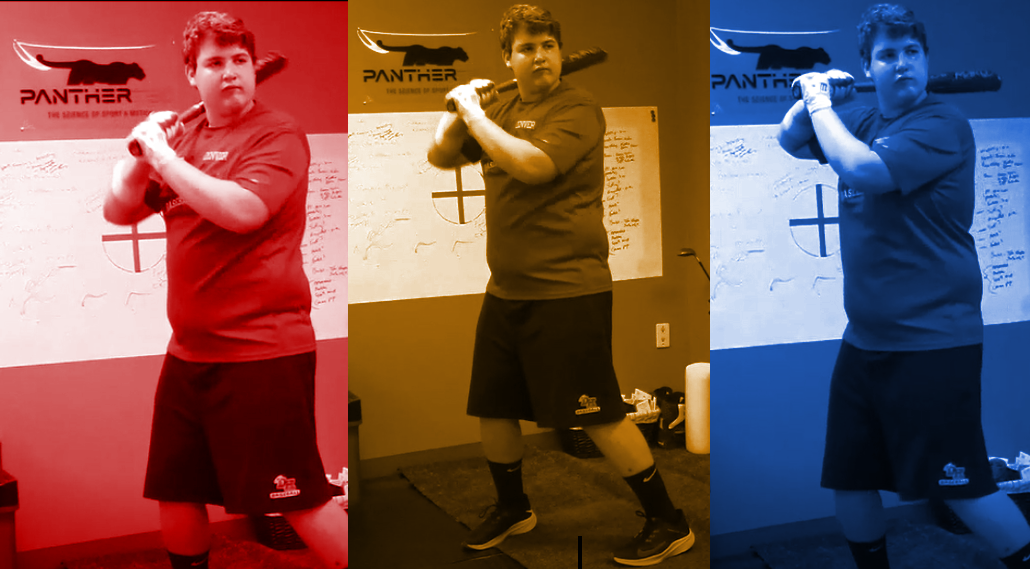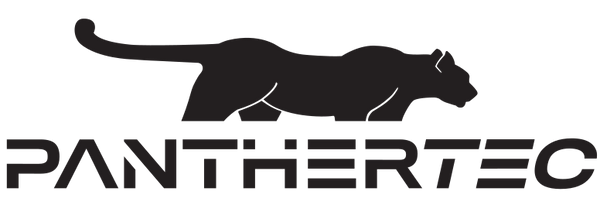
How to Fix Hand Casting Instantly with Real-Time Feedback from PantherTec’s KAT | Baseball Training Equipment
Share
What Is Hand Casting and Why Does It Hurt Your Swing?
Hand casting when a hitter’s hands drift away from the body during the swing, It can rob players of power, consistency, and contact. When the swing arc widens, bat speed drops, plate coverage narrows, and swing-and-miss rates climb. While traditional coaching methods like video review and verbal cues can help, but video review occurs too late, ( too much time passed) or coaching cues overwhelm athletes with language-based information- leading to overthinking, not a better feeling.
Introducing KAT: Real-Time Feedback from PantherTec
PantherTec’s KAT (Kinesthetic Awareness Training: is a wear anywhere feedback device engineered to give real-time vibratory or audible feedback to athletes - as they move. Rather than acting like a coach that “knows it all,” KAT functions as a feel-enhancing tool, offering immediate sensory cues that athletes can use to sense, adjust, and internalize proper mechanics. It’s embodied skill training.
How KAT Helps Eliminate Hand Casting Immediately
When addressing hand casting, coaches can place the KAT sensor on a player’s wrist or forearm and “capture” the ideal, compact load position via the accompanying app. Once the movement deviates hands drifting away from the body the device immediately buzzes or beeps. This instant feedback bridges the gap between feel and form, allowing athletes to self-correct mid-rep rather than wait for post-swing analysis. See the video below for an example.
Real-Life KAT Drill: Fixing Hand Casting with Dual Task in Practice
An example in action: in a simple drill meant to arrest hand casting, a player wears KAT on the forearm, captures the correct load position, and performs a series of dry or slow swings aiming to trigger two buzzes at two different points in the hand/grip trajectory. Over successive reps and increasing drill difficulty, the athlete learns to feel a connected, compact swing. Then, a dual tsk (an extra challenge), acts as a progressive overload of the brain's resources, is added. Here is an example of dual task KAT training. The goal is for the player to maintain the trajectory of his hands in the desired swing path that was captured in the app. Notice the subtle correction he makes, (green circle and KAT device appear)
Beyond Hand Casting: Other Swing and Pitching Fixes with KAT
But KAT’s use isn’t limited to countering hand casting. Athletes and coaches use it for a wide array of swing and pitching improvements everything from over-rotation (by placing it on the hips or torso), head stability (on a headband or cap), stride length (on the calf or hip), to spine tilt and posture (near the lower back). In pitching, KAT helps maintain arm slot consistency, torso stacking, pelvic stability, and alignment. With customizable sensitivity and both “buzz-on-error” and “buzz-on-success” modes, it adapts to each athlete’s needs, training stage, and even fatigue level.
The Neuroscience Behind KAT’s Success
What sets KAT apart is its grounding in neuroscience: developed by a world-ranked athlete turned neuroscientist, it leverages sensorimotor learning far more effectively than delayed or purely visual feedback. As former Division I pitcher and MLB communications rep Justin Wick said, “I have seen firsthand how KAT takes the guesswork out of peak performance.”
Empowering Athletes Through Kinesthetic Awareness

At its essence, KAT isn’t about dictating the “right” movement, it's about empowering athletes to become their own best coach by fostering kinesthetic awareness. Rather than imposing rigidity, it facilitates movement variability and adaptation skills that are critical across training, competition, and recovery.
Key Takeaway: Hand casting doesn’t have to derail swing development.
With real-time, tactile feedback from KAT, athletes can learn to create a compact, powerful swing. It's a training partner, not a judge helping players explore, self-correct, and ultimately perform at their best.
